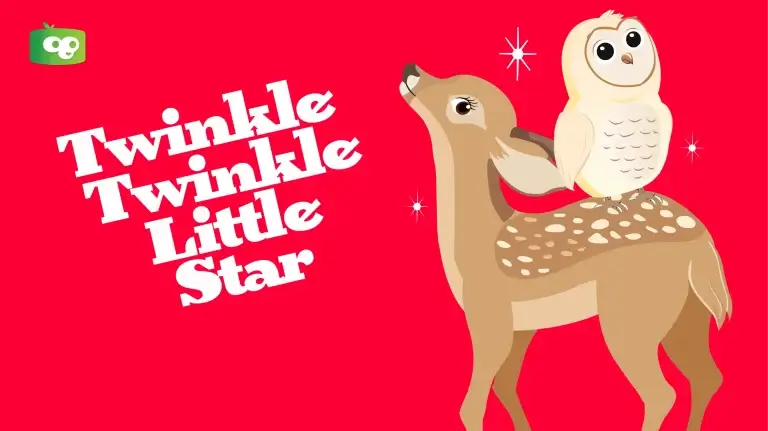

If you’re looking for a way to help your preschooler learn, look no further than the classic children’s song “Twinkle Twinkle Little Star” also known as “twinkling twinkling little star.” The calming “twinkling little star song” has been around for hundreds of years and is still popular with young children today. It’s one of the videos when you sign up for Kokotree, one of the best learning apps for kids to learn core early learning concepts. Here are some educational benefits your child can reap from watching and singing Twinkle Twinkle Little Star.
Here are the twinkle twinkle little star poem lyrics. Are you ready to sing along to one of the most beloved nursery rhymes? “Twinkle Twinkle Little Star” has been a favorite one of many nursery rhyme songs among children and adults for generations, and now it’s your turn to join in the fun! This classic preschool song is a great way to introduce young children to music and an excellent way to bond with your little ones. So let’s get started and sing the Twinkle Twinkle Little Star lyrics!
Twinkle twinkle little star lyrics.
Twinkle, twinkle, little star,
How I wonder what you are!
Up above the world so high,
Like a diamond in the sky.When the blazing sun is gone,
When he nothing shines upon,
Then you show your little light,
Twinkle, twinkle, all the night.Then the traveler in the dark,
Thanks you for your tiny spark,
He could not see which way to go,
If you did not twinkle so.In the dark blue sky you keep,
And often thro’ my curtains peep,
For you never shut your eye,
Till the sun is in the sky.‘Tis your bright and tiny spark,
Lights the traveler in the dark,
Tho’ I know not what you are,
Twinkle, twinkle, little star.
“Twinkle Twinkle Little Star” is a nursery rhyme known as a lullaby or children’s song. It is a short poem that has been set to music and is intended to be sung to young children, often as a way to help them fall asleep. The lyrics to “Twinkle Twinkle Little Star” lullaby were initially written as a poem by Jane Taylor in the early 19th century, and the song has been popular with young children for generations. It is often included in collections of nursery rhymes and children’s songs.
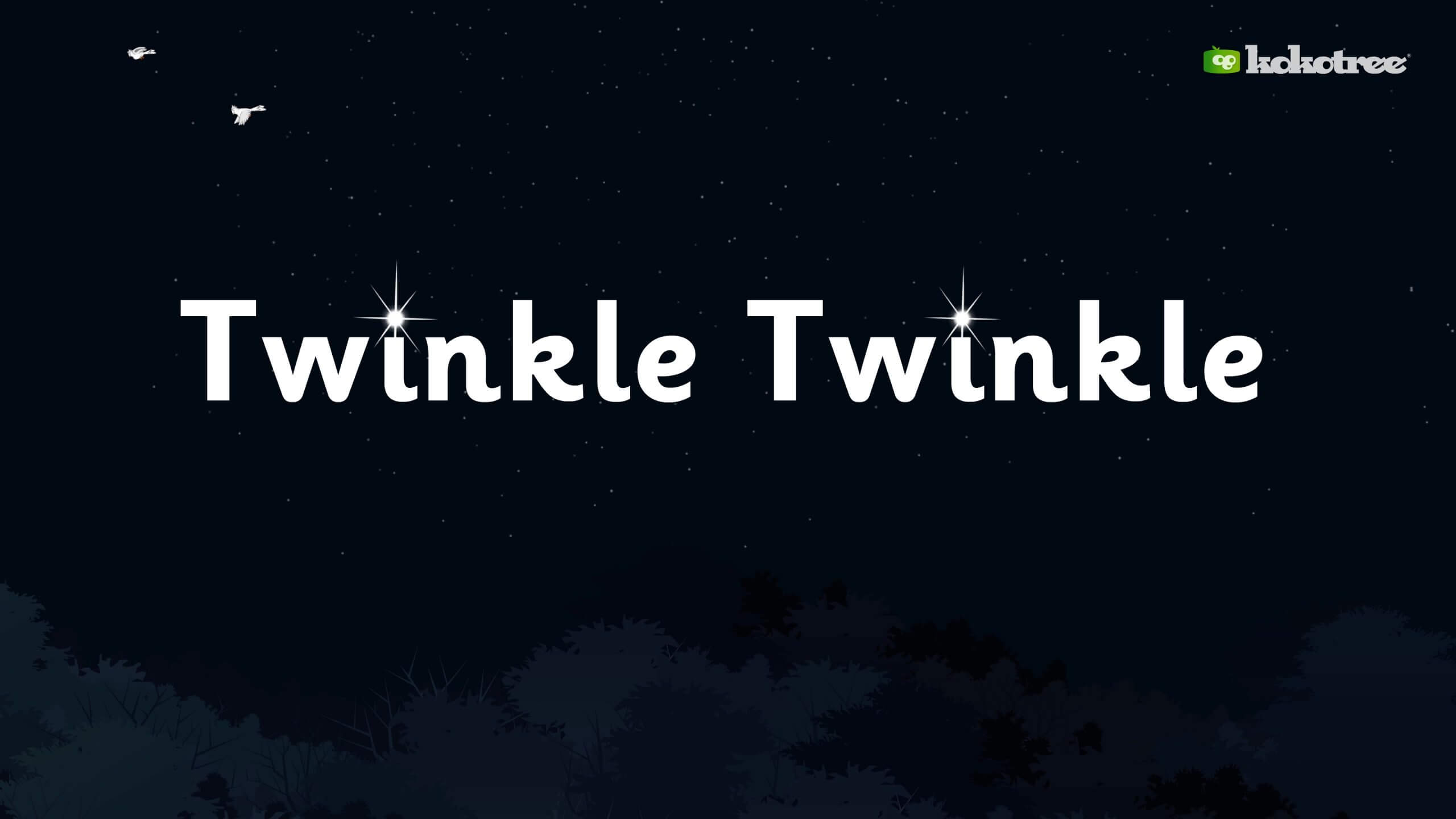
Twinkle Twinkle Little Star nursery rhyme is a good video for children of all ages. This little star song can calm babies and help them learn. It is also a good way for toddlers to learn about shapes, colors, numbers, and sounds. This song can also inspire early school-aged children by teaching them about cooperation and sharing. It is a good song for all children to learn.
The educational benefits of nursery rhymes, such as Twinkle Twinkle Little Star, for toddlers include improved language development, social skills, and storytelling abilities. Additionally, nursery rhymes can lay the foundation for future reading and spelling skills. Children who enjoy listening to speech, storybooks, and nursery rhymes are likelier to become good readers.
Some of the benefits of singing Twinkle Twinkle Little Star include improved memory, better communication skills, and enhanced reading skills. The rhyme also helps teach toddlers about colors and numbers.
While “Twinkle Twinkle Little Star” is a beloved nursery rhyme, it can also serve as a springboard for teaching children about astronomy. The twinkling of stars is a phenomenon known as stellar scintillation, caused by the Earth’s atmosphere distorting the light from stars. This could be a fun fact to share with older preschoolers, sparking their interest in science and the natural world.
Over the years, “Twinkle Twinkle Little Star” has been adapted into various languages and musical styles, demonstrating its universal appeal. From jazz renditions to versions in languages like Spanish and Mandarin, these adaptations can expose children to different cultures and musical genres, enriching their learning experience.
Parents and children can engage in star-themed crafts inspired by the song to extend the learning and fun. This could include creating star-shaped stamps from potatoes for painting, making glittery star ornaments from cardboard, or even baking star-shaped cookies. These activities reinforce the song’s theme and help develop fine motor skills and creativity.
Incorporating movement and dance into singing “Twinkle Twinkle Little Star” can make the experience more interactive and enjoyable. Simple movements like twinkling fingers for the stars, reaching up high for the sky, or making a diamond shape with fingers can enhance children’s understanding of the lyrics and provide a fun physical activity.
“Twinkle Twinkle Little Star” is not just a nursery rhyme but also a lullaby, providing an opportunity to discuss the importance of lullabies in child development. Lullabies can soothe children, aid in establishing routines, and provide a sense of security. They can also enhance bonding between parents and children and foster early language skills.
Did you know that the melody of “Twinkle Twinkle Little Star” is based on a French tune known as “Ah! vous dirai-je, maman”? Or that the song shares its melody with “Baa Baa Black Sheep” and the “Alphabet Song”? Sharing these fun facts can add an extra layer of interest to the song and even inspire children to create their own versions of the melody.

The history of Twinkle Twinkle Little Star is a famous English lullaby. The lyrics are from an early-19th-century poem written by Jane Taylor, “The Star.” The poem, which is in couplet form, was first published in 1806 in Rhymes for the Nursery, a collection of poems by Taylor and her sister Ann. It is sung to the tune of the French melody “Ah! Vous dirai-je, Maman”, which was published in 1761 and later arranged by several composers, including Mozart with Twelve Variations on “Ah Vous dirai-je, Maman.”
Introducing our newest dance routine for kids: Twinkle Twinkle Little Star hand motions! This fun and interactive dance is perfect for young children, combining the classic nursery rhyme with simple hand movements that kids can easily follow. This dance is an excellent way for kids to get moving and have fun, but it also helps develop coordination and musicality.
Remember, the goal is to have fun and engage with your child. Don’t worry about getting the motions perfect. The more you enjoy it, the more your child will too!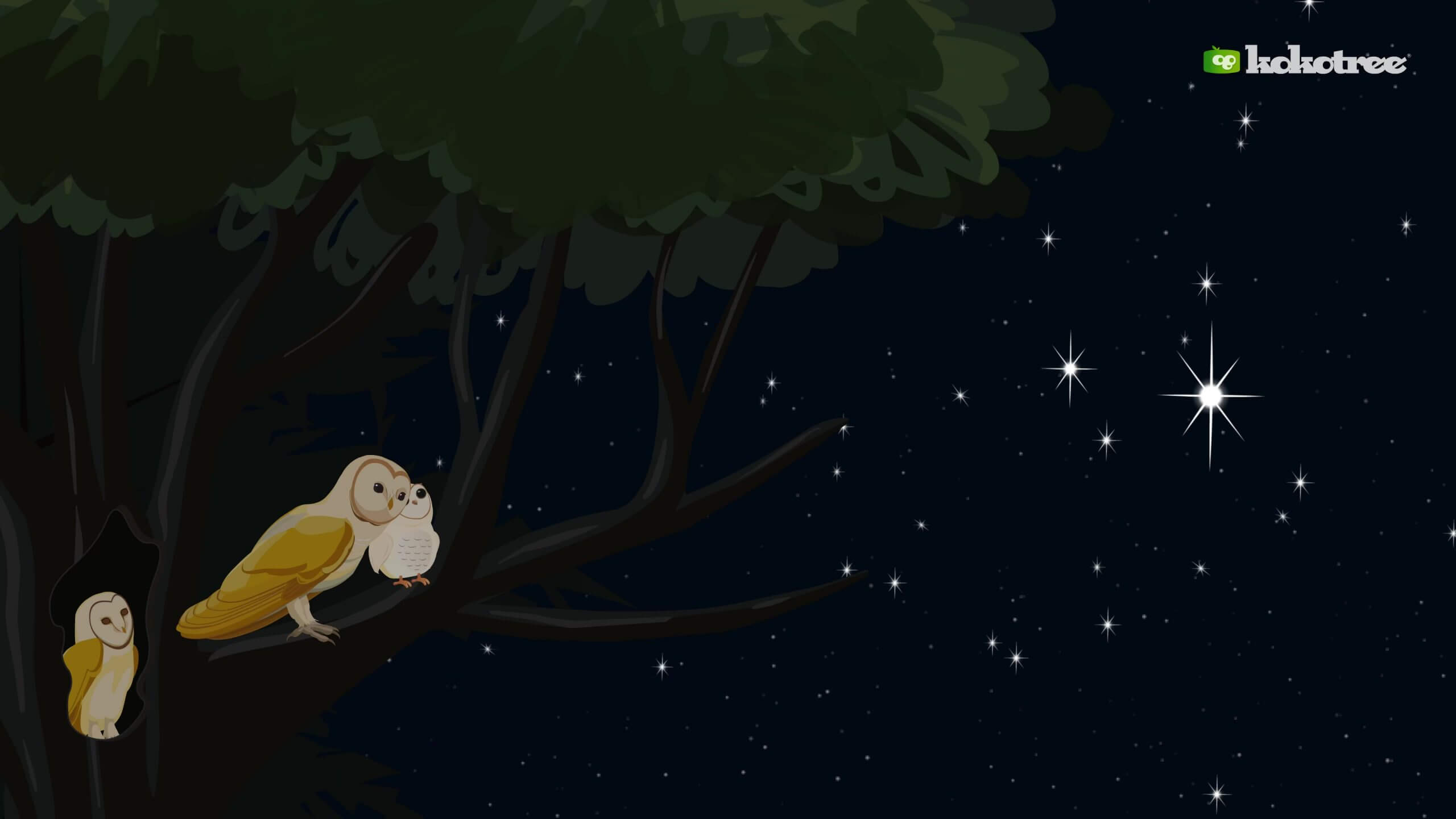
Check Out: 33 Best Children’s Nursery Rhyme Songs
Nursery rhymes, such as Twinkle Twinkle Little Star, play a pivotal role in early childhood education. They are more than just songs; they are tools that stimulate children’s minds, enhance language development, and foster cognitive abilities.
As Fred Rogers, the beloved children’s television host, once said, “Through rhythms and rhymes and feeling tones, we learn about ourselves and our world.”
Incorporating “Twinkle Twinkle Little Star” into your child’s daily routines can make learning fun and seamless. Here are some suggestions:
Remember, the key is consistency. The more regularly you incorporate the song into routines, the more your child will associate it with specific activities, making transitions smoother.
“Twinkle Twinkle Little Star” can be a springboard for teaching children about the universe. Here are some ideas:
If your child enjoys “Twinkle Twinkle Little Star,” they might also like these nursery rhymes:
Remember, the goal is to make learning fun and engaging. As Albert Einstein once said, “Play is the highest form of research.” So, sing, play, and explore with your child, and watch them learn and grow.
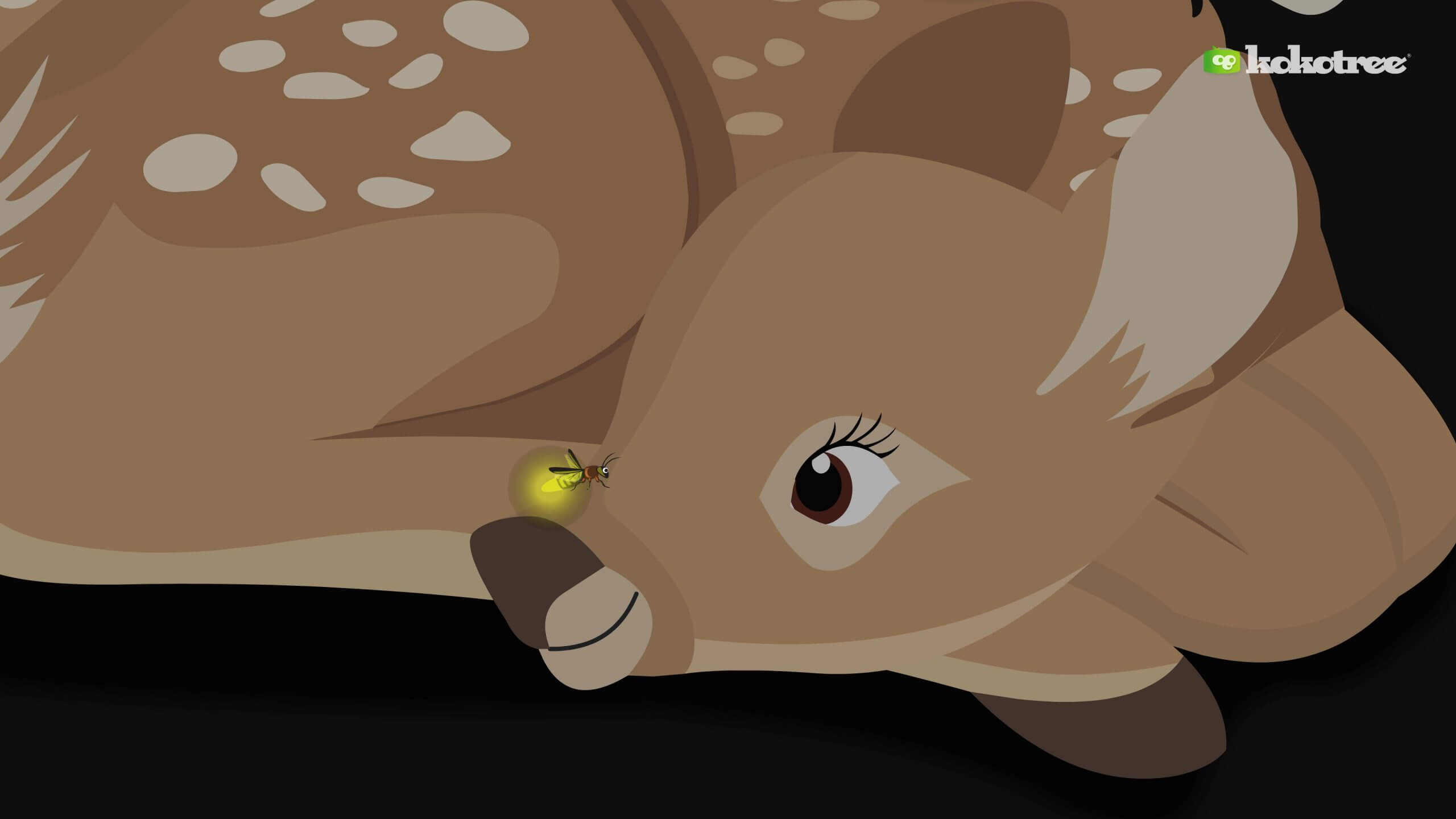
There are many educational benefits of singing Twinkle Twinkle Little Star for toddlers. The song is an excellent way to help toddlers learn their colors since each verse mentions a different color. The music also helps teach toddlers about the night sky and the other stars that can be seen. Additionally, the song can help improve toddlers’ vocabulary and counting skills. Twinkle Twinkle Little Star is a classic song that generations of children have loved, and it can continue to delight and educate toddlers today.
Words like “twinkle” and “diamond” might be new; hearing them sing gently in a soothing lullaby will help children understand their meaning.
Singing along to the Twinkle Twinkle Little Star video can help build your child’s confidence. The familiar tune and lyrics are easy to remember, so your child can enjoy singing along. The song can also be a calming influence for toddlers, helping them wind down at bedtime or during naptime. Watching the video of the stars twinkling in the sky can also be soothing and help your child relax.
The video of the stars twinkling in the sky can help stimulate your child’s imagination. As they watch the stars, they can imagine themselves flying among them or dreaming about what they might see on a faraway planet.
Rhymes and lullabies are ideal for helping develop attention skills in young children, particularly when a child can join in with simple actions, such as flashing hands and pointing fingers (developing fine motor skills). Kids will be eager to do the following action, so that they will listen carefully.
Children will notice that stars are visible at night, like the moon, and may question what the shooting stars are. They will see owls and deer — what are they wondering? What are fireflies? They will see the owl flying toward the stars and understand they are up high.
Comparing things, like a star and a diamond, means kids will understand similarities and differences. This is one of the earliest skills we develop and one on which many early years of teaching are based. Children may think about how the owls and deer are similar and different. They might compare night and day, high and low, or bright and dull.
Listening to rhyming songs is a great way to learn and remember. Hearing the “ar” sound in “star” helps children join in the next part, “are.” They will also hear the rhyming for “high” and “sky.” Rhyming patterns are a huge help when your child learns phonics and breaks down words into separate sounds.
Repetition is necessary to help preschoolers learn. This video repeats the first verse of the lullaby, enabling children to sing along the second time. Knowing what to expect builds confidence and gives children a chance to practice, improving their speech. The repetitive rhythm also means kids will learn to speak with expression—a lovely, soothing video providing your child with many educational benefits. A perfect lullaby to start building the foundations for phonics and speech.
Encourage your child to ask questions about the lullaby. What else do they wonder about their world? Sing along with them first, then leave the rhyming word “blank” (don’t say it) and have your child fill it in. You can add simple hand motions to help your child develop fine motor skills. These will work the small muscles in their hands and set the coordination needed to do simple everyday tasks, such as holding utensils to eat, cutting using scissors, and more.
Withholding the last word of each line is a great way to get kids singing along. It also helps with their memory and attention skills as they try to think of the rhyming word. As they become more confident, please encourage them to sing the lullaby independently. You can even help them create their twinkling stars by shining a flashlight on the ceiling while they lie in bed — perfect for promoting a sense of calm at bedtime.
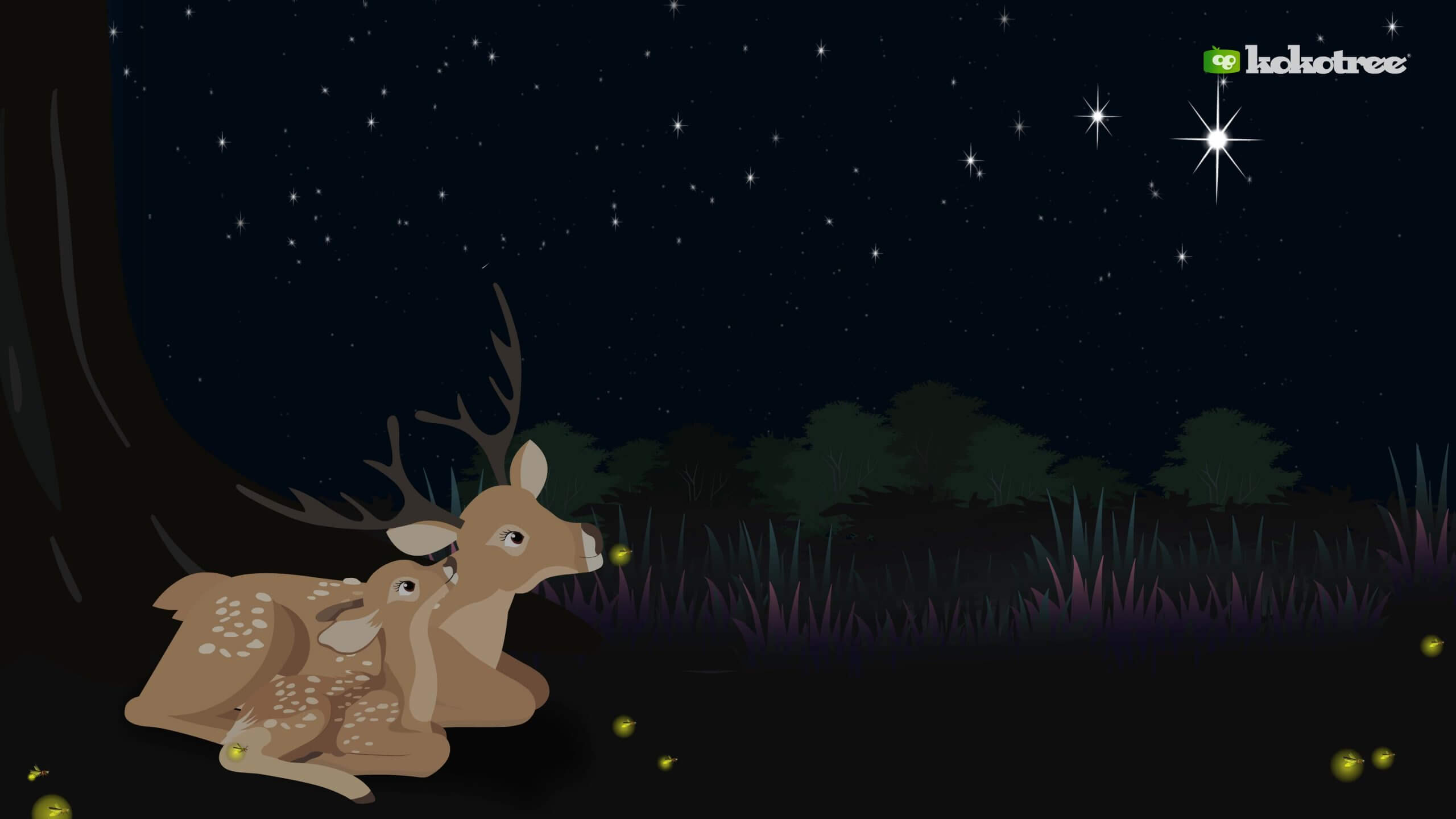
The Twinkle Twinkle, Little Star video helps children develop attention skills, understand the world more deeply, make comparisons, and learn phonics. It is one of the best educational apps for kids to learn core early learning concepts. The hand motions also help with fine motor skills development. As your child becomes more confident, please encourage them to sing the lullaby independently. You can even help them create their twinkling stars by shining a flashlight on the ceiling while they lie in bed — perfect for promoting a sense of calm at bedtime.
Music plays a significant role in early childhood development, and nursery rhymes like “Twinkle Twinkle Little Star” are a great way to introduce children to the world of music. Here’s how music can benefit your child:
To make the learning experience more fun and interactive, you can try these activities related to “Twinkle Twinkle Little Star”:
Singing songs like “Twinkle Twinkle Little Star” together can be a great bonding activity for parents and children. It provides an opportunity for interaction, communication, and shared enjoyment. It also creates a nurturing environment where children feel loved and secure.
In today’s digital age, technology can play a significant role in teaching nursery rhymes to children. There are numerous apps, online videos, and digital books that can make learning nursery rhymes more interactive and engaging. However, it’s important to ensure that screen time is balanced with other activities and that the content is age-appropriate and safe for children.
Nursery rhymes like “Twinkle Twinkle Little Star” are part of our cultural heritage. They have been passed down from generation to generation, often with variations reflecting different cultures and languages. Exploring these variations can be a wonderful way to teach children about diversity and the richness of global cultures.
Nursery rhymes can play a significant role in developing pre-reading skills. The rhyming nature of songs like “Twinkle Twinkle Little Star” helps children recognize sound patterns and syllables, which are crucial for reading. Additionally, nursery rhymes’ repetitive and predictable nature can help children anticipate what comes next, a useful skill when learning to read.
Believe it or not, nursery rhymes can also introduce basic math concepts to children. For instance, you can use the stars in “Twinkle Twinkle Little Star” to teach counting, addition, and subtraction. You can also discuss concepts like ‘more’ and ‘less’ or ‘big’ and ‘small’ using the stars as visual aids.
Nursery rhymes can have therapeutic benefits for children. The soothing rhythm and melody of songs like “Twinkle Twinkle Little Star” can help calm children, reduce stress, and even improve sleep. Music therapy is a recognized therapeutic approach that uses music to address physical, emotional, cognitive, and social needs.
While it might seem far-fetched, you can use “Twinkle Twinkle Little Star” to introduce children to environmental concepts. For instance, discussing why we can’t see stars in the city due to light pollution can be a starting point for conversations about pollution and conservation.
If your child loves “Twinkle Twinkle Little Star,” why not consider a star-themed bedroom? This could include star-patterned bedding, a night sky mural, or a star projector night light. This can create a soothing environment for your child and reinforce their learning about stars and the night sky.
Establishing a healthy bedtime routine is crucial for children’s sleep health. Incorporating “Twinkle Twinkle Little Star” into this routine can signal to your child that it’s time to wind down and prepare for sleep. This section can provide tips for creating a bedtime routine, such as limiting screen time before bed, creating a calm environment, and using lullabies like “Twinkle Twinkle Little Star.”
“Twinkle Twinkle Little Star” can also be incorporated into holiday celebrations, particularly those that involve lights, such as Christmas or Hanukkah. This can create a sense of tradition and make your child’s holiday celebrations more magical.
Nursery rhymes can also teach important values like empathy and kindness. For instance, you could discuss how the star in “Twinkle Twinkle Little Star” shines brightly for everyone, just like how we should aim to be kind and considerate to everyone we meet.
Nursery rhymes are often used in speech and language therapy to help children improve their speech clarity, language skills, and vocal fluency. The repetitive and rhythmic nature of songs like “Twinkle Twinkle Little Star” can make them particularly useful in this context.
One fun way to teach your child the lyrics to the “Twinkle Twinkle Little Star” poem is to sing the song together as often as possible. You can also write out the lyrics, hang them up in a place where your child can see them, and encourage them to try singing along with you. You could also use hand motions or gestures to help your child remember the words or create a fun, interactive game around learning the lyrics.
A: It’s generally okay to let your child watch educational videos like the “Twinkle Twinkle Little Star” video in moderation, as long as they are age-appropriate and you monitor their screen time. However, it’s also important to remember that real-life, hands-on activities and interactions with others can provide valuable learning experiences for young children.
You can incorporate the poem “Twinkle Twinkle Little Star” into your child’s daily routine. Try singing the song to your child as a calming activity before bedtime or using it as a fun way to start or end the day. You could also use the song as a transition activity, such as singing it to signal the end of playtime and the start of mealtime.
There are plenty of additional resources and activities related to the song “Twinkle Twinkle Little Star” that you can use to help your child learn. For example, you could try finding a children’s book version of the song or using coloring pages or puzzles with a “Twinkle Twinkle Little Star” theme. You could also create your craft projects or games inspired by the song or look for online educational videos or interactive apps that feature the song.
Let your child sing the song “Twinkle Twinkle Little Star” in public, as long as they are not disturbing others or causing a disruption. Singing can be a fun and enriching activity for young children, and it’s essential to encourage their creativity and self-expression. Just be sure to respect the boundaries and expectations of your public space and use your discretion as a parent.
There are many ways you can adapt the song “Twinkle Twinkle Little Star” to make it more age-appropriate for your child. For example, you could change the lyrics to make them more simple or complex, depending on your child’s level of understanding. You could also use different melodies or rhythms to keep the song fresh and engaging. You could create verses or song adaptations to suit your child’s interests and abilities.
One way to encourage your child to engage with the song “Twinkle Twinkle Little Star” and benefit from its educational value is to make it a fun and interactive activity. You could try singing and dancing along to the song with your child or creating hand motions or gestures to accompany the lyrics.
You could also use props or puppets to bring the song to life or incorporate the song into other educational activities, such as counting or learning shapes. Please encourage your child to use their imagination and creativity as they sing and play along with the song.
Praise and encourage your child’s efforts and progress, and let them know that you value their learning and engagement with the music.




